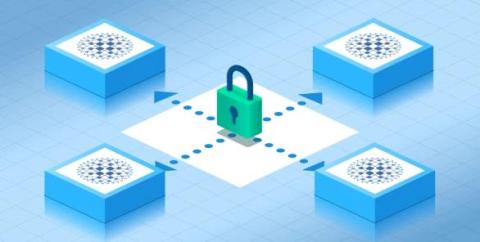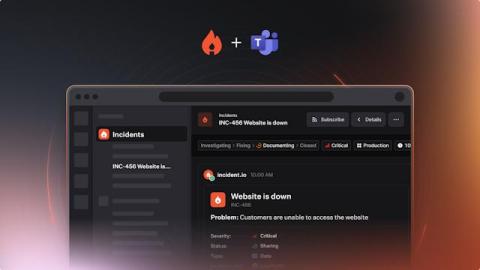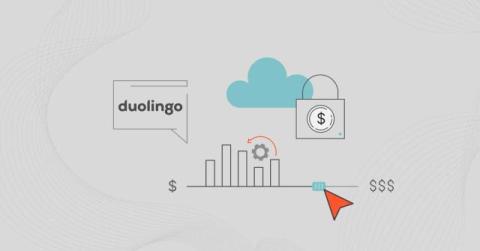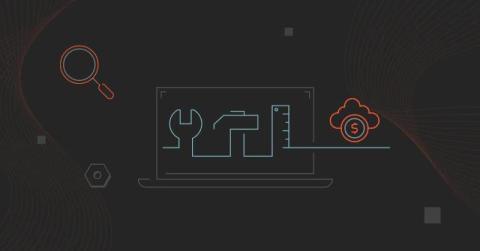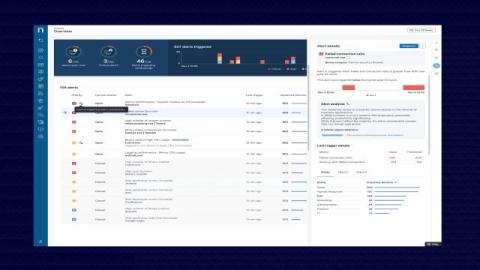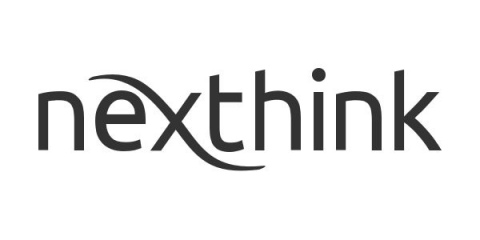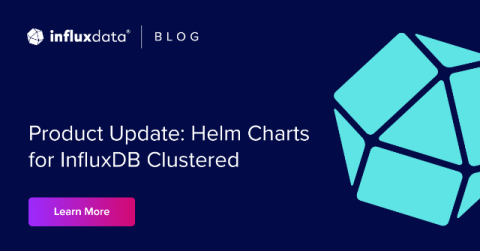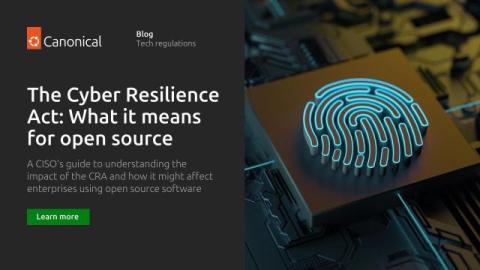Zero-Trust mTLS Automation with HAProxy and SPIFFE/SPIRE
Whether you’re running a service mesh composed of HAProxy instances or facilitating communication between multiple systems, ensuring the authentication of traffic between your services is critical. This zero-trust security model operates under the assumption that you should not extend trust without verification, even within your own systems. By verifying every interaction, you mitigate the risks that arise when third parties imitate your systems.


